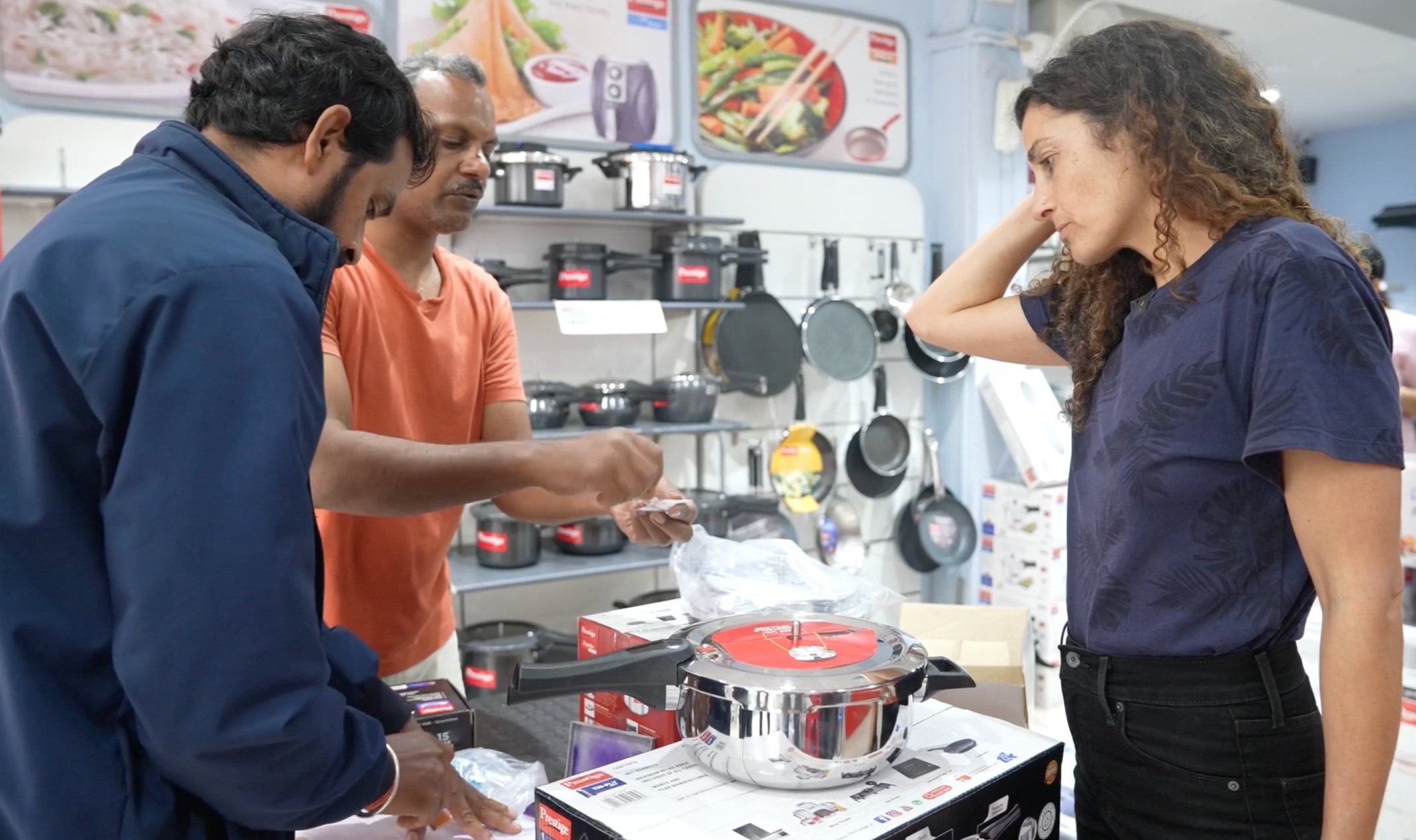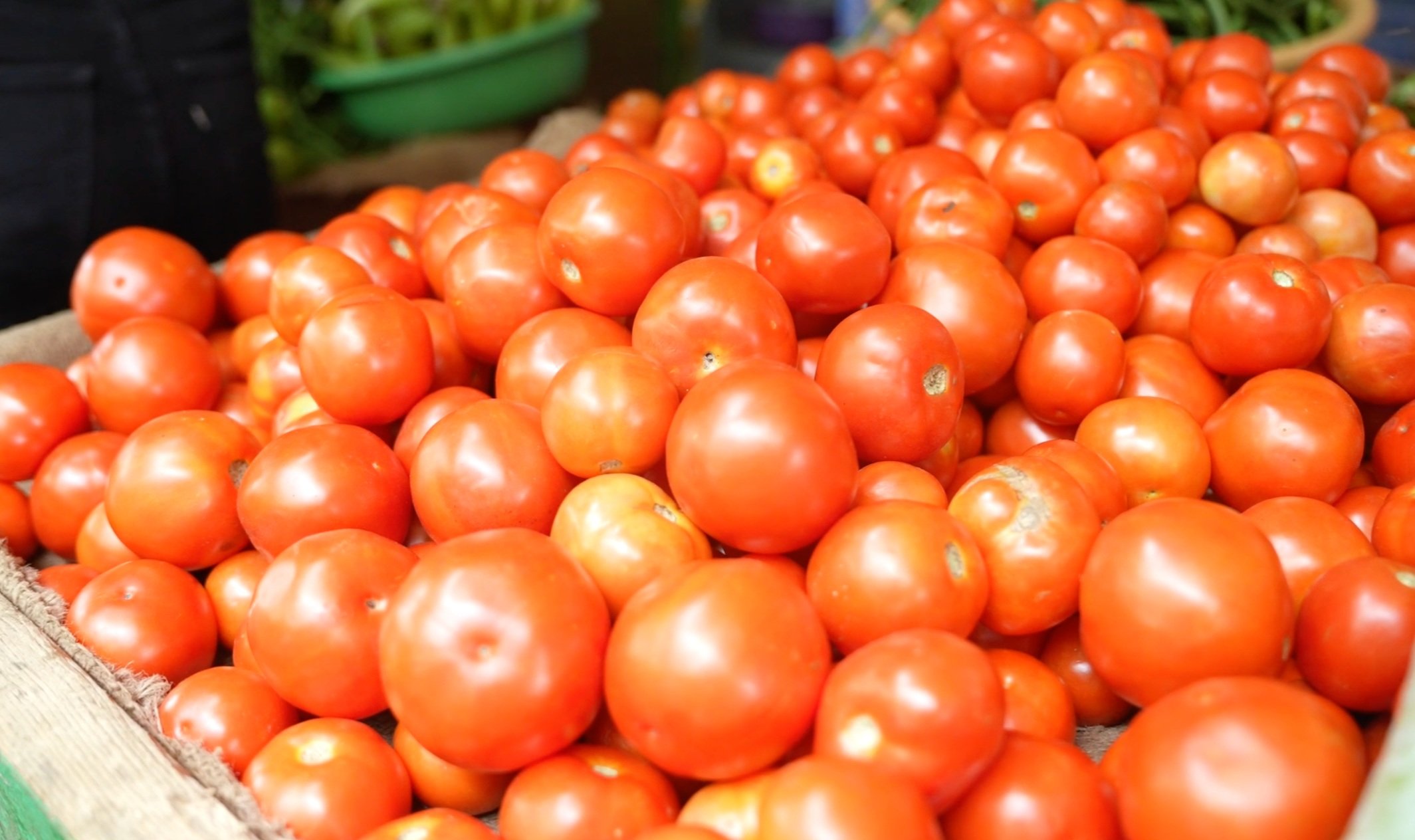ROLLING INDIAN FLATBREADS
ROLLING INDIAN FLATBREADS

TECHNIQUES AND TIPS TO MAKE INDIAN FLATBREADS.
Rolling out beautifully shaped roti, chapati, paratha, or samosa dough is an important skill: evenly rolled flatbreads will cook evenly and taste more delicious. There are a few key tips that will make the task of homemade Indian flatbreads simpler. Learn these hacks, and you’ll never have to buy takeaway Indian paratha again. Read our tips below.
TOP TIPS
FOR ROLLING FLATBREADS
What equipment do I need to make Indian flatbreads at home?
You need a good rolling pin, preferably one that is small and easy to handle and manoeuvre. You can buy these cute rolling pins from Indian grocers or equipment stone. A chapati stone is helpful—these are small, round stone slabs upon which flatbreads are rolled. Lastly, you need a tawa or chapati pan to cook them on—a crepe pan makes a good replacement.
Is there a different technique to roll paratha or chapati, say?
Yes, slightly. A layered flatbread like a paratha, or a wetter flatbread like a naan, should be rolled less. The rolling compresses the texture of the dough, and with breads like paratha and naan that rely on showing a delicious flaky or fluffiness, this matters. Utilitarian breads—chapati and Indian roti
What are the best tips for rolling round flatbreads?
Prep the dough, by pre-shaping it a little in your hands before attacking it with the rolling pin—it should be a little flat, but round like a cookie that hasn’t risen. Use flour on the bench surface, the rolling pin, and dust both sides of your pre-shaped ball of dough. Roll your dough from the centre out, moving in different directions, and flipping the round often. The video is short and has all the visual cues.
Why does it matter that my paratha or roti are rolled well?
Unevenly rolled paratha, chapati, roti, or even samosa dough, will mean that your flatbreads and samosas will cook unevenly. Because we are cooking flatbreads over high heat, uneven cooking is more noticeable: you might find some aspects of your flatbreads are burned, while the interior is still doughy.



